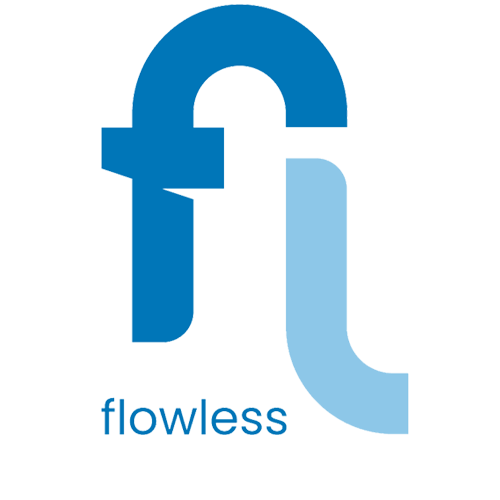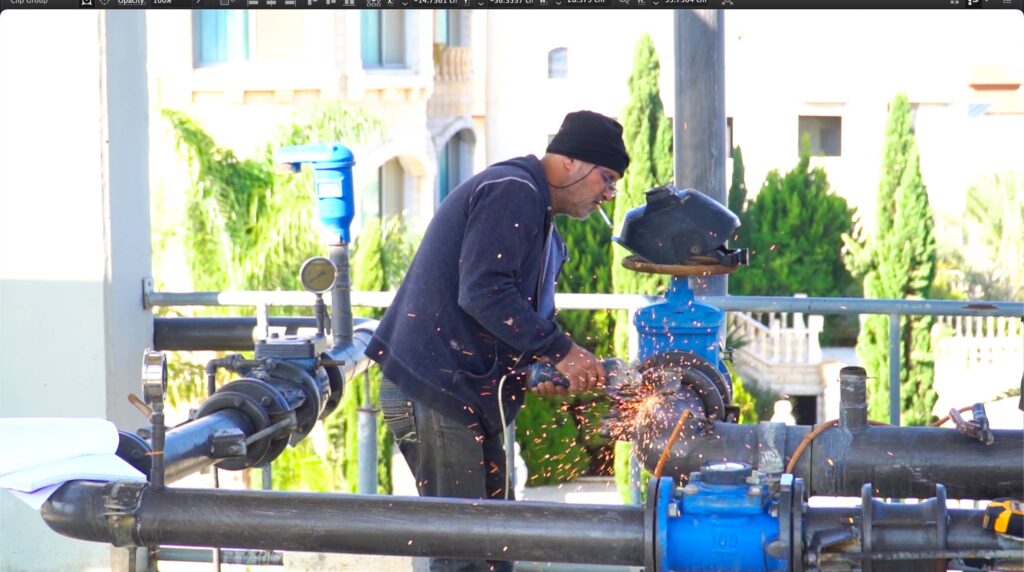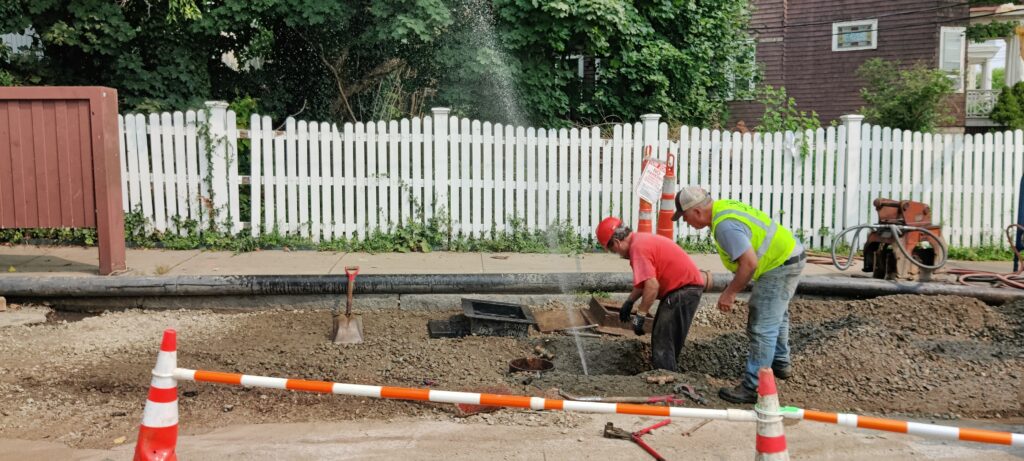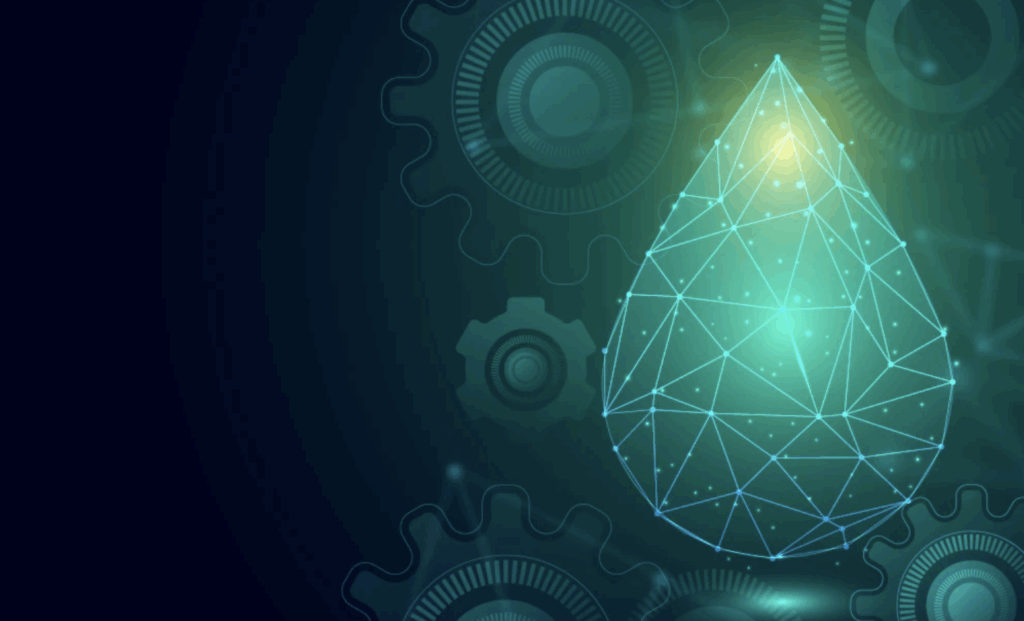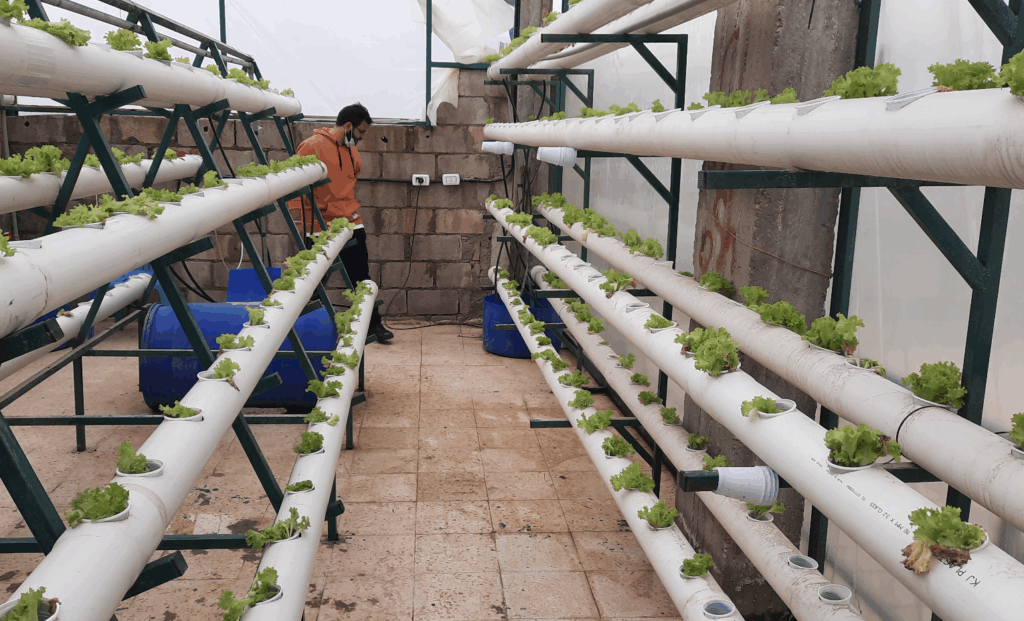Managing large water networks is really a daunting task, especially when more complexities are added by the aging infrastructure and limited capacity. Challenges can come from non-revenue water (NRW) losses and operational inefficiencies. When root causes are not clear enough, the solutions can feel out of reach.
Yet, reducing NRW is very important for ensuring a continuous water supply, meeting governmental regulations, and maintaining sustainable water operations.
Many water utilities focus their efforts on reducing water leaks, but the challenges extend beyond that. NRW isn’t just about leaks; metering inaccuracies and unauthorized consumption can generously contribute to water losses in your water distribution system. Considering those types of losses in your water audit and addressing them in your loss reduction activities can save you millions of liters on a monthly basis.
We’re not only talking about water savings here. While water conservation is the direct impact of water loss reduction, there is huge impact potential in other areas like energy conservation. Higher water loss means more energy losses, because you ultimately need to pump more water into a leaky pipeline to satisfy the demand of the end-consumers.
If these problems sound familiar to you, it’s not surprising that many water utilities feel overwhelmed. When facing such intimidating issues, it’s easy to get caught up in the big workload of never-ending hide-and-seek with those emerging leaks.
What you probably need is a tool that takes the extra load off your shoulder and helps you focus on the tasks that really matter. A smart, efficient, and quick tool. Something that can address these challenges head-on and help network operators regain control.
This is where Artificial Intelligence (AI) steps in.
Artificial Intelligence is emerging as a critical tool for water utilities seeking to optimize their water operations and tackle persistent water challenges. But it’s important to understand that AI isn’t a magic fix. Implementing AI starts with identifying the core issues, setting clear goals, breaking down the problems into small pieces, and tackling each one of them properly. Once that groundwork is laid, AI becomes a powerful asset in managing water networks more effectively. It provides actionable insights, monitors systems in real-time, and offers predictive analytics that can detect issues before they escalate.
Sounds out of context? Here are some real-life examples of use cases where AI helped utilities achieve tangible outcomes:
Water leak detection
One of the most impactful applications of AI is in detecting water leaks. AI algorithms don’t wait for a problem to grow; they act fast by identifying water leaks early on, flagging them, and guiding the maintenance team directly to the affected area. This proactive approach prevents a minor issue from snowballing into an expensive and resource-draining disaster. By addressing water leaks before they escalate, AI helps you save water, money, and time that would have been lost in handling larger repairs.
Detecting anomalies in water networks before they happen
Traditionally, water utilities have been reactive in addressing water management problems, often waiting until a pump fails or a pipe bursts before taking action. But AI shifts this dynamic by catching faults as soon as they occur or even predicting them in advance.
The process starts with data analysis, where AI combs through historical data, learning the usual patterns of the water network. Once it understands what a normal operation looks like, it builds these patterns into models to predict future behavior. AI then continuously monitors the water network in real-time. When it spots something out of the ordinary, such as a sudden drop in water pressure, it triggers an alert. The utility can respond instantly, stopping the issue from escalating into a major problem.
Optimizing water network performance
Through real-time data collection and pattern analysis, AI can adjust operations for maximum efficiency. It can control pump speeds, adjust water flow based on demand, and even automate certain decisions that water operators used to make manually. This optimization leads to significant water savings, reduced energy consumption, and lower water management operational costs, all while improving overall network performance.
Here, you may think that adopting new tech like AI is still considered a risky bet. It can indeed be risky to adopt new tech solutions unless you get the right guide to support you in your tech adoption journey. A guide that walks you through a smooth tech adoption journey that starts by identifying your needs, supporting you in addressing your challenges, tailoring a solution to fit your requirements, and ending up with following up with them to ensure continuous improvement.
Looking for it? Octopo is here!
Octopo is like a personal assistant for leakage managers and network operators. It helps you understand complex analytics and get useful insights in seconds. It crafts a story around your data and makes it easy for your team to get actionable insights. Then, it breaks them down in plain English, so everyone on your team can understand.
Get in touch today and book your Octopo demo!

